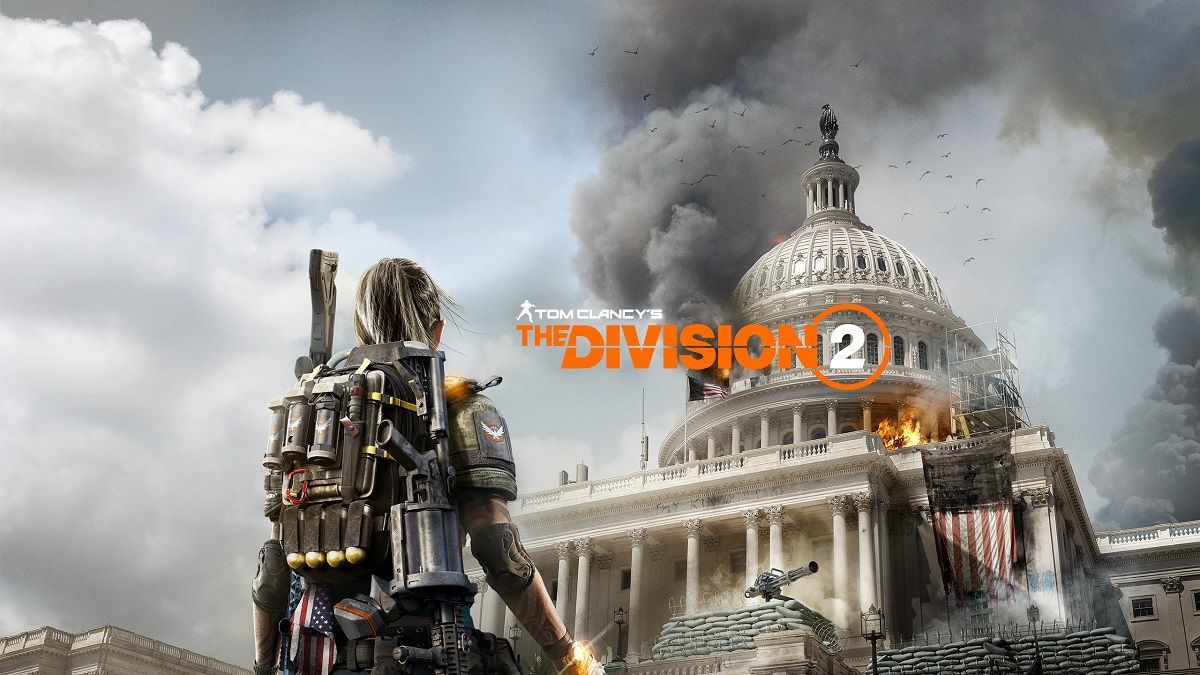#010 - The Division 2 with Tobii Eye Tracking

I bought the Tobii Eye Tracker with a view to learn more about eye tracking technology. It’s also my ambition to code a simple accessibility application.
At the time of purchase in early January 2019, the Tobii Eye Tracker 4C was bundled with Tom Clancy's The Division 2, which is the hotly-anticipated sequel to Tom Clancy's The Division that I have been eyeing to buy (pun not intended). I previously finished the original Division game and I enjoyed the gameplay and mechanics. It reminded me of another apocalyptic game of a similar genre, Freedom Fighters by IO Interactive.
As you may have gathered, Scandinavia is buzzing with creative geniuses with the likes of King.com, EA DICE, Massive Entertainment, Avalanche Studios, Paradox Interactive, IO Interactive, Funcom, Mojang, etc. You also have the talented game studios from neighbouring Finland including Rovio, Supercell and Remedy Entertainment.
Thanks to the collaborative promotion from Tobii and Ubisoft, which proved to be cheaper than buying the AMD graphics card bundle (and moving to the dark side), I was fortunate to have beta tested The Division 2 twice. I playtested through the private beta (in early February 2019) and again in the open beta (in early March 2019). On both occasions, I used the Tobii extensively throughout.
I don't consider myself to have visual impairment - other than the need to wear glasses when I am driving. However, I developed a growing interest in eye tracking technologies when I provided ICT support in the care sector for 2 years - including assistive technologies, which I was always impressed when visiting homes and services on-site. Since then, I have a fond appreciation of technologies that assist users who depend on them. Hence, my growing interest to contribute in some shape and form as a casual gamer and software developer to be.
During my initial playtest of Tom Clancy's The Division 2, I found myself fully immersed in saving Washington DC. The Tobii Eye Tracker was essentially tracking my pupils. As I was covering behind vehicles, buildings and debris, it was my eyes that diverted the attention of my game character to locate another area to cover and focus my aim. The response was instant.
Some of the in-game features that utilise the eye tracking technology include covering, aim and throw by gaze.
You can also pan the camera in-game. As you stretch your eyeballs (or move your head) to look around your screen, you can see your game character extend their view, as they absorb the surroundings of a post-pandemic landscape of Washington DC.
I also appreciate how certain HUD (head-up display) elements within the user interface appear almost invisible, offering a clean UI experience, until you re-focus on them - which makes a change from seeing so much clutter on a traditional in-game HUD interface.
Both, the clever game mechanics of The Division 2 and the smart eye tracking technology from Tobii have captured my interest throughout my gaming experience. It has also made me appreciate the accessibility features of utilising eye tracking - when done correctly!
My hats off to the development team at Massive Entertainment for making The Division 2 intuitive and accessible when navigating around the UI, especially when sound and visual cues were thoughtfully designed with accessibility in mind. Congratulations on the release of The Division 2!
As mentioned earlier, I bought the Tobii Eye Tracker 4C not to play games, but it is my personal ambition to code a simple accessibility application. I am encouraged that there is native support for the Tobii across Valve's Steam Engine, Unity, and the Unreal Engine. I have yet to dip my toes in C# and C++, but they are my targeted programming languages to learn, once I grow confident with OOP (object-orientated programming) in JavaScript.
Who knows, there might be native support for the Tobii Eye Tracker using JavaScript.
I hope Tobii can create a series of video-based tutorials that can guide newbie developers like myself to harness the power of eye tracking technology. It would be cool to see the 'Tobii Eye Tracking Intro' as an open source project on GitHub.
~Richard